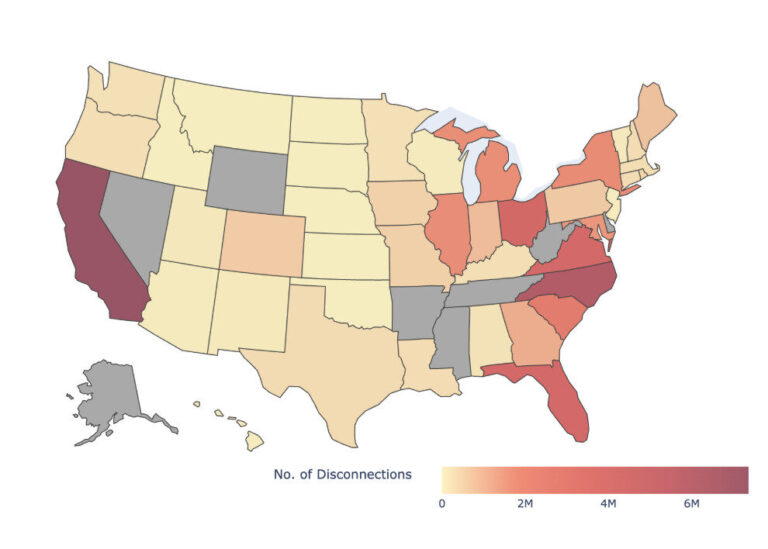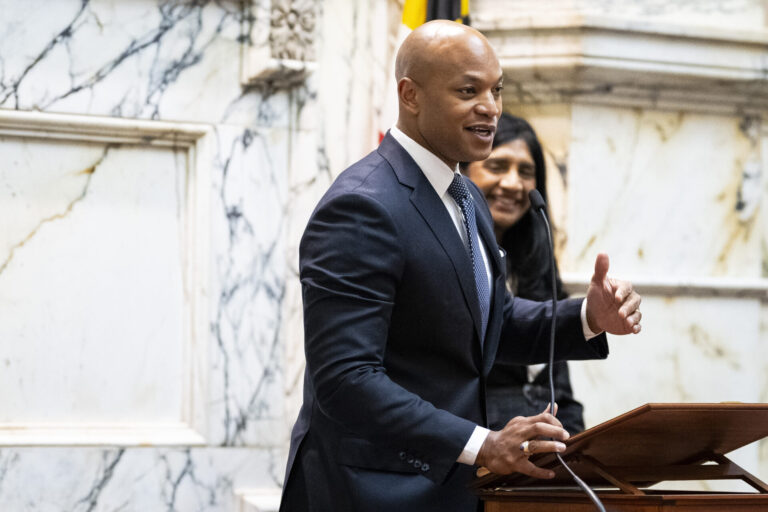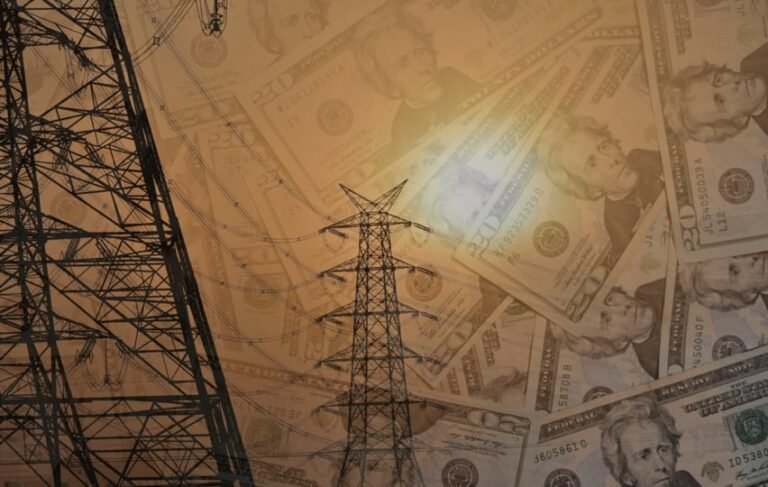North Dakota has spent millions on a coal industry campaign targeting 100% clean energy legislation in Minnesota
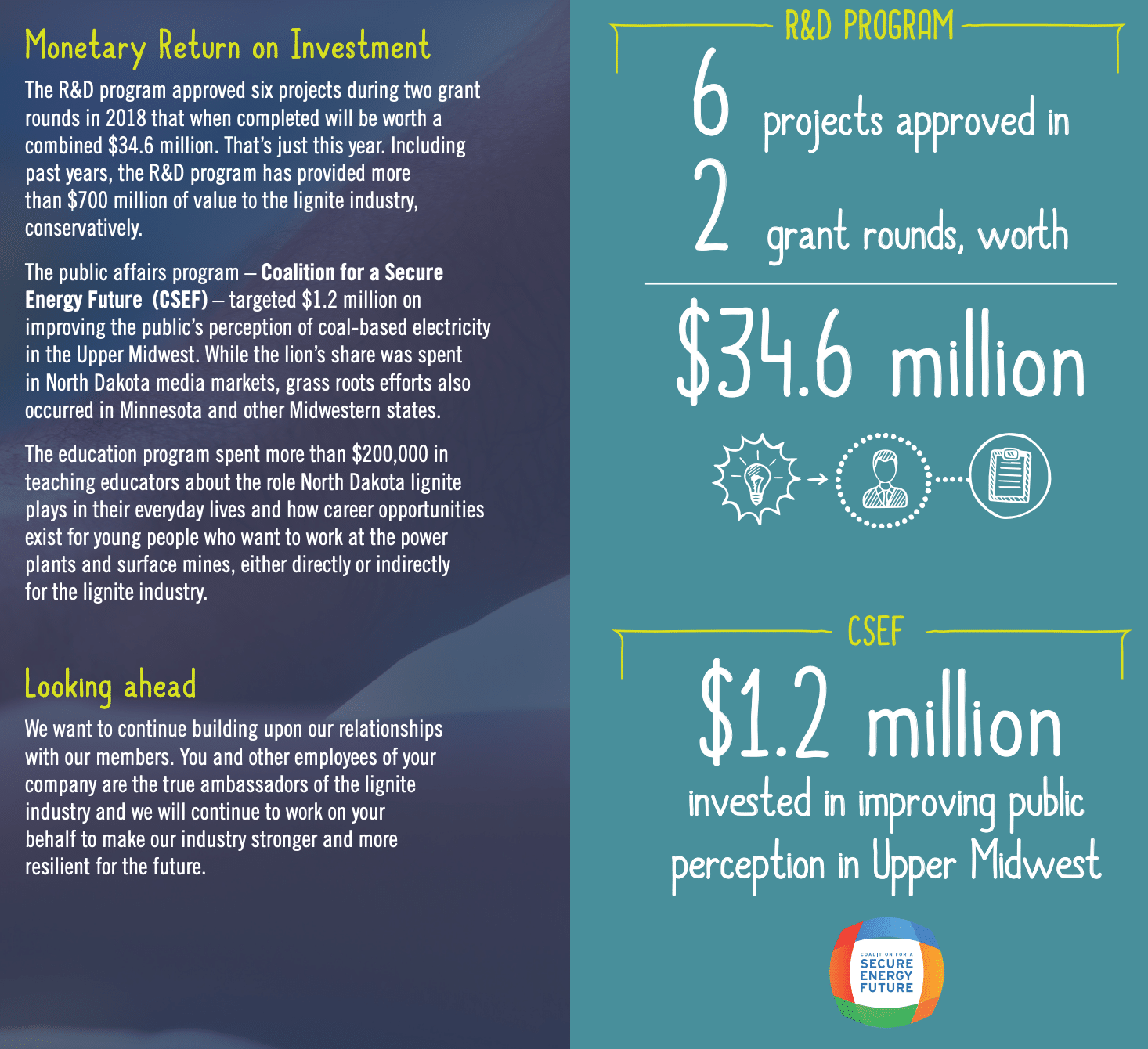
A North Dakota coal industry front group, the Lignite Energy Council, has jumped state lines to wage a campaign to weaken a bill in Minnesota that would require the state’s utilities to transition to 100% clean electricity by 2040.
While the Lignite Energy Council has touted its success in working with Republican state legislators in Minnesota to block clean energy legislation during previous sessions, the coal industry group now appears focused on weakening the bill by including coal carbon capture projects. Among the groups promoting carbon capture to Minnesotans is the “Coalition for a Secure Energy Future,” which is part of the Lignite Energy Council.
A review of meeting minutes of the North Dakota Industrial Commission and Lignite Research Council show that the state has provided more than $4 million to the “Coalition for a Secure Energy Future” in recent years. The Lignite Research Council requested another $1.8 million in Industrial Commission spending in 2021 for the public affairs program, but the Industrial Commission moved that year to discuss the request in secret. Lignite Energy Council tax forms show that the coal industry group has continued to receive funding for its public affairs program.
Minnesota’s 100% clean electricity proposal is not new, but it has failed to clear a Republican-controlled state Senate in past years. After the Democratic-Farmer-Labor (DFL) party claimed control of the state’s House and Senate and DFL Governor Tim Walz won re-election in November, the revived bill faces decidedly better odds and is a top priority for the party.
“It’s going to pass,” DFL Senator Nick Frentz, a bill author and chair of the Senate Energy, Utilities, Environment and Climate Committee, told the Star Tribune. Walz also reiterated his commitment to the legislation in his inauguration speech. Now, the question is whether detractors – including North Dakota coal interests – will undermine the legislation’s potential to curb emissions and move Minnesota farther and faster in its clean energy transition.
The House Climate Energy Finance and Policy Committee is scheduled to hold the first hearing on the 100% clean electricity bill on January 18, but coal industry talking points have already surfaced this session. Referring to a coal plant carbon capture project spearheaded by North Dakota-based Minnkota Power Cooperative and touted by the Coalition for a Secure Energy Future, Republican Rep. Spencer Igo said during a committee meeting that “it’s an impressive technology” which would “keep [coal facilities] moving forward.”
After its House committee hearing this week, the 100% clean electricity bill is due for a Senate committee hearing on January 23.
Coalition for a Secure Energy Future is a North Dakota coal industry public affairs campaign
In recent weeks, the Coalition for a Secure Energy Future has been running ads in Morning Take and Axios Twin Cities, newsletters focused on Minnesota politics, and placing op-eds in other Minnesota media outlets urging policymakers to include carbon capture in 100% clean energy legislation. The op-eds describe the Coalition for a Secure Energy Future as “a nonprofit working to ensure affordable, reliable energy for Minnesotans.”
In fact, the Coalition for a Secure Energy Future is a coal industry public relations campaign run by the Lignite Energy Council, a coal industry trade association based in North Dakota.
The Lignite Energy Council’s 2018 annual report refers to the Coalition for a Secure Energy Future as its “public affairs program” that spent $1.2 million that year on “improving the public’s perception of coal-based electricity in the Upper Midwest.”
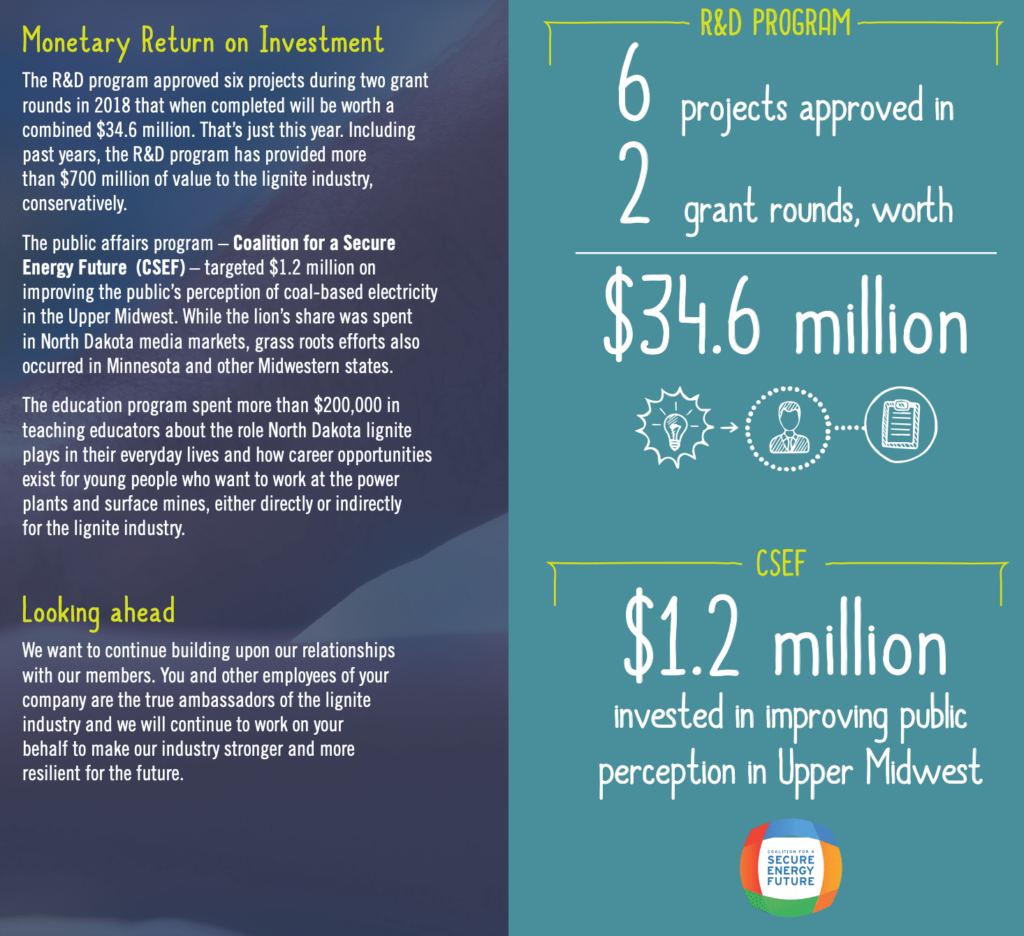
The Lignite Energy Council’s 2017 annual report highlights how it has used the public affairs campaign to target Minnesota state legislators, as well as other policymakers:
Representatives of the Coalition for a Secure Energy Future spoke to civic groups, political candidates and elected officials about the ever-changing energy environment and how lignite-based generation provides 24/7 energy affordably and with an eye to the environment. In Minnesota, the audience was not only state legislators but also Congressional staff and legislative candidates. This effort is helped by the two CSEF co-chairs Mike Beard and Loren Solberg, both former Minnesota legislators.
The Coalition for a Secure Energy Future website also states that it is “a project of the Lignite Energy Council,” and lists the same address in Bismarck, North Dakota, as that of the Lignite Energy Council.
Lignite Energy Council funded Republican candidates and celebrated defeat of 100% clean energy bill in Minnesota
In prior legislative sessions, the Lignite Energy Council focused on blocking Minnesota’s 100% clean energy legislation and funded Republican candidates to ensure that the bills never passed. The state GOP has for years been a primary roadblock to passing clean energy legislation, and is a major beneficiary of utility and fossil fuel industry campaign contributions.
The Lignite Energy Council touted its “Government Affairs successes” in its 2019 annual report, including its role in defeating “100 Percent Carbon Free by 2050 and Clean Energy First legislation in Minnesota.” The group also boasts of their coal mine tours for Minnesota legislators, and promotes North Dakota legislation designed to provide additional subsidies to advance the use of carbon captured from coal plants to extract oil in North Dakota.
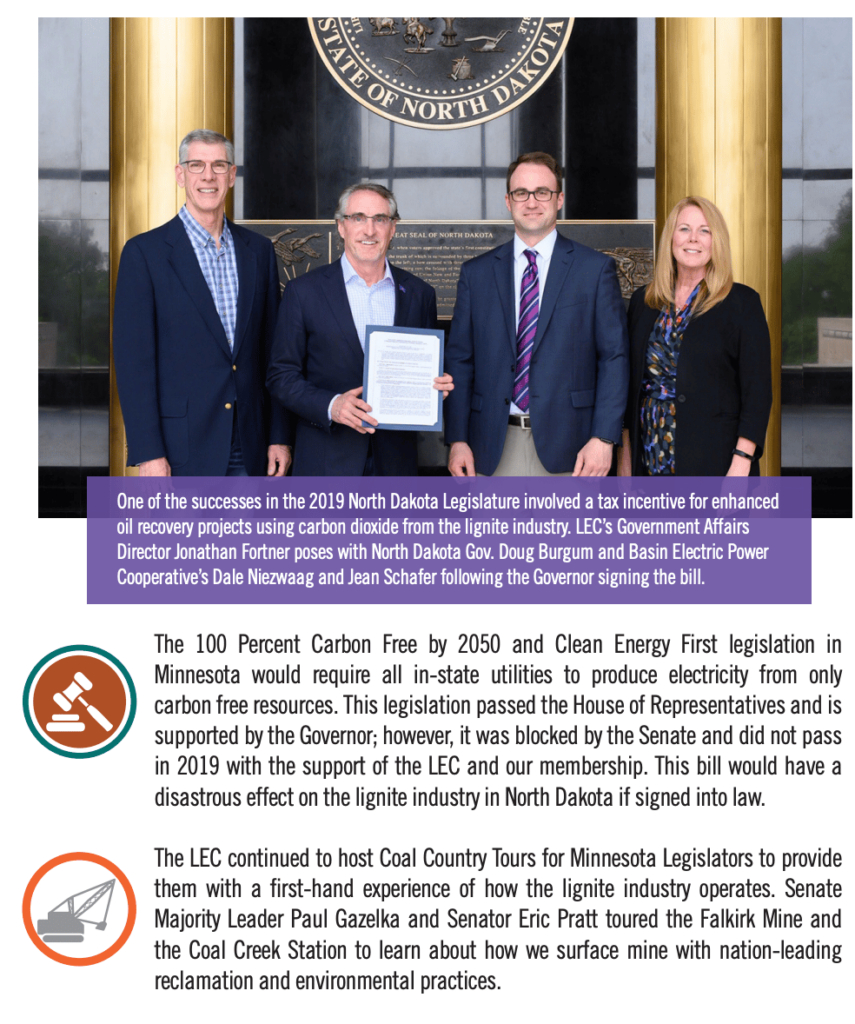
The Lignite Energy Council Political Fund last year funneled money to 35 candidates for the Minnesota state legislature, all of them Republicans. Since the fund began submitting campaign finance disclosures in Minnesota in 2020, filings show it has only given to a single DFLer – former Senator David Tomassoni, who declared himself an Independent a few months later and then caucused with Republicans.
Several Republican state legislators, including some who currently serve on energy committees, have also received “Energy Champion” awards from the Coalition for a Secure Energy Future.
Coalition for a Secure Energy Future is funded by the state of North Dakota
While the Lignite Energy Council runs the Coalition for a Secure Energy Future, the public affairs program is funded in part by the state of North Dakota.
The North Dakota Industrial Commission, which is made up of North Dakota Governor Doug Burgum, Attorney General Drew Wrigley, and Agriculture Commissioner Doug Goehring, has allocated state funds to the Coalition for a Secure Energy Future with the stated goal of “enhancing the image of lignite-based power.”
Meeting minutes of the North Dakota Industrial Commission show the three state officials approved $1.8 million in funds for the Coalition for a Secure Energy Future public affairs program. The June 5, 2018 meeting minutes state:
It was moved by Attorney General Stenehjem and seconded by Commissioner Goehring that the Industrial Commission accepts the Lignite Research Council’s recommendation to fund the grant application “Continued Funding for Regional Lignite Public Affairs Program ‘Coalition for a Secure Energy Future’” and to authorize the Industrial Commission Executive Director and Secretary to execute an agreement with the Lignite Energy Council to provide a total of Industrial Commission Lignite Research Program funding in an amount not to exceed $1,800,000 (marketing) On a roll call vote, Governor Burgum, Attorney General Stenehjem and Commissioner Goehring voted aye. The motion carried unanimously.
December 2015 meeting minutes of the North Dakota Industrial Commission also show line items that list $1.2 million for “Marketing Projects” for the 2013-2015 budget, as well as for the 2015-2017 budget. A footnote describes those “Marketing Projects” as the “Coalition for a Secure Energy Future.”
The North Dakota Industrial Commission’s biennial report explains that “the program uses a mixture of media and grassroots marketing to promote the benefits of coal-based electricity.”
That report also mentions an “education portion of the marketing program” and annual teacher’s workshop, referring to a Lignite Energy Council program that trains teachers to promote coal to school children.
Meeting minutes for the Lignite Research Council, which recommended that the Industrial Commission fund the public affairs program, also explain that the purpose of the Coalition for a Secure Energy Future is to “prevent or mitigate public policies adverse to the use of coal.”
Those meeting minutes from November 2015 show that the Lignite Research Council requested $1.8 million from the North Dakota Industrial Commission, and a total cost of $3.6 million over two years. Other Lignite Research Council meeting minutes, from May 2018, show another request for $1.8 million in funding from the North Dakota Industrial Commission. The minutes and agenda for a June 2014 Lignite Research Council meeting describe a $1.2 million request.
Lignite Research Council meeting minutes appear to have recently been deleted.
Lignite Research Council meeting minutes from May 2021 show another $1.8 million request to the Industrial Commission for “Continued Funding of Regional Lignite Energy Public Affairs Program,” and note that “The North Dakota Industrial Commission meeting, when these recommendations will be considered, will be held on June 9, 2021.”
It’s not clear if the Industrial Commission approved that funding request because the Commission moved to discuss Lignite Research Council funding requests in secret. The June 9, 2021 meeting minutes of the Industrial Commission show that the Commission entered “into executive session for the purpose of reviewing a confidential Lignite Research Program application,” and note only that “During the Lignite Research, Development & Marketing Program executive session, a motion was made regarding a funding request for a confidential Lignite Research Program application.”
However, the Lignite Energy Council’s tax forms show that the coal industry group has continued to receive millions of dollars. The group received $4.27 million for its “public affairs program” during the four year period of 2018 – 2021: $1,281,000 in revenue in 2021; $1,188,000 in 2020; $1,131,002 in 2019; $671,124 in 2018.
In addition to funding from the state of North Dakota, the Lignite Energy Council is funded by member companies, which include companies that operate coal mines in North Dakota, and utilities that operate coal-fired power plants: Great River Energy, Basin Electric, Minnkota Power, Montana-Dakota Utilities, Minnesota Power, and Otter Tail Power.
Last year, the Minnesota Public Utilities Commission blocked Otter Tail Power from charging its ratepayers for the dues it pays to the Lignite Energy Council, after the Office of the Minnesota Attorney General explained that the Lignite Energy Council (LEC) “does not provide any direct benefits to Minnesota electric ratepayers” and “engages heavily in public affairs and legislative activities in North Dakota, Minnesota, and with the US Environmental Protection Agency (“EPA”) to advocate for the lignite industry and coal based electricity. LEC’s activities are in direct opposition to Minnesota’s carbon-reduction goals and renewable energy standards.”
“Project Tundra” coal carbon capture project touted by North Dakota group has suffered setbacks and increased cost estimates
Some of the “Coalition for a Secure Energy Future” ads promote “Project Tundra,” a $1 billion carbon capture proposal for the 50-year-old Milton R. Young coal plant in North Dakota, which Minnkota Power operates.
Like other coal carbon capture proposals, that proposal has faced setbacks and increased cost estimates. Reports submitted to the US Department of Energy by Minnkota Power explained that engineering studies by the Fluor Corporation showed higher-than-expected cost estimates for Project Tundra, and noted that “an intense cost reduction effort was initiated in an attempt to lower the overall cost of the project.”
Soon after that report, another report said that Fluor Corporation senior management informed Minnkota that “Fluor will be unable to be the construction contractor for Project Tundra.” Fluor Corporation did not respond to questions from S&P Global about why it would not build the carbon capture project.
In addition to problems with efforts to capture carbon dioxide emissions, North Dakota coal plants remain major sources of other air pollutants – especially mercury pollution. An analysis of EPA air pollution data by the Environmental Defense Fund found that North Dakota coal plants are among the largest mercury polluters in the country. Coal Creek Station was the second-highest mercury-polluting coal plant in the country in 2020, Antelope Valley was the fourth highest, Milton R. Young was the fifth, and Leland Olds Station was the ninth.


